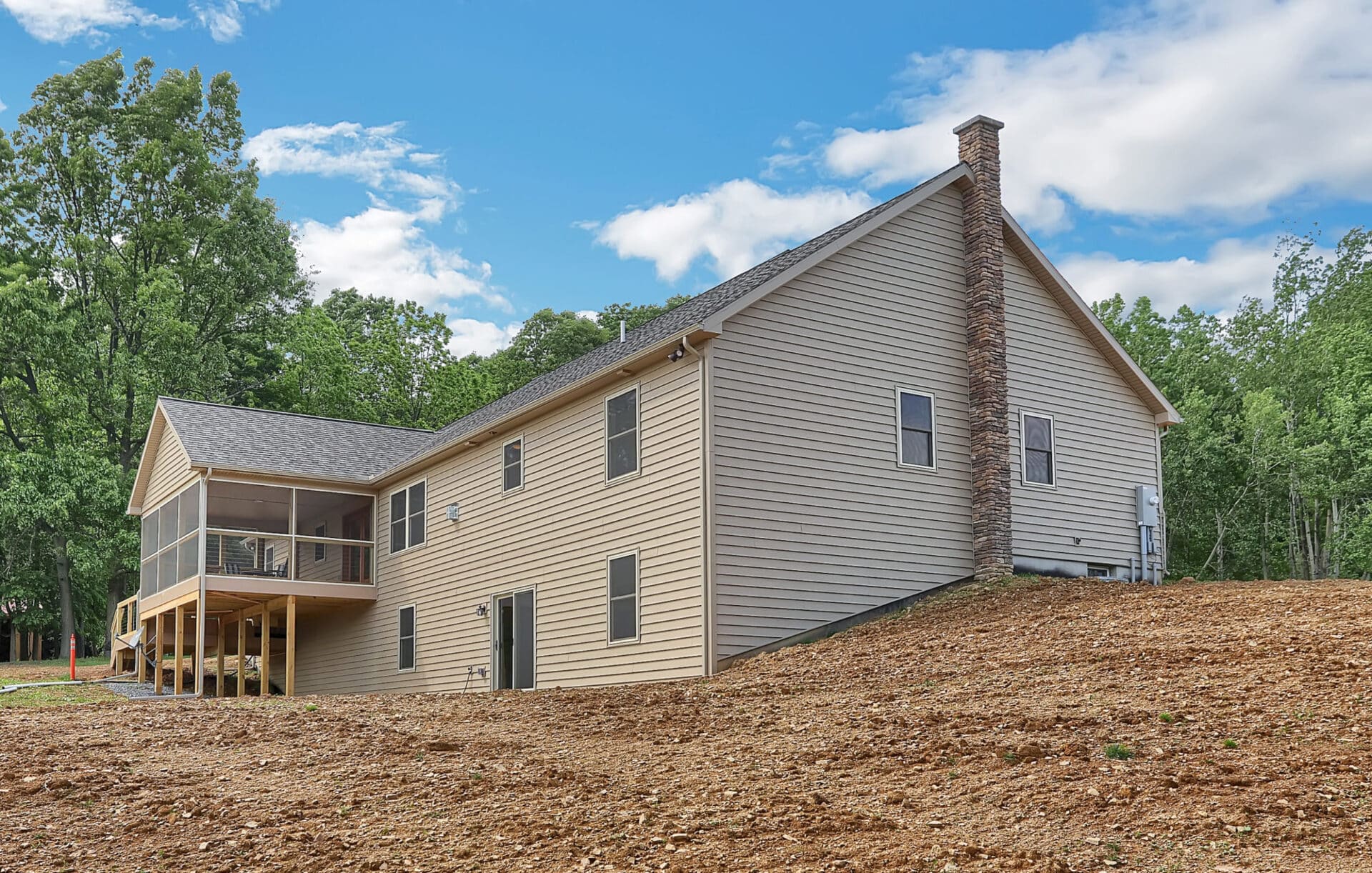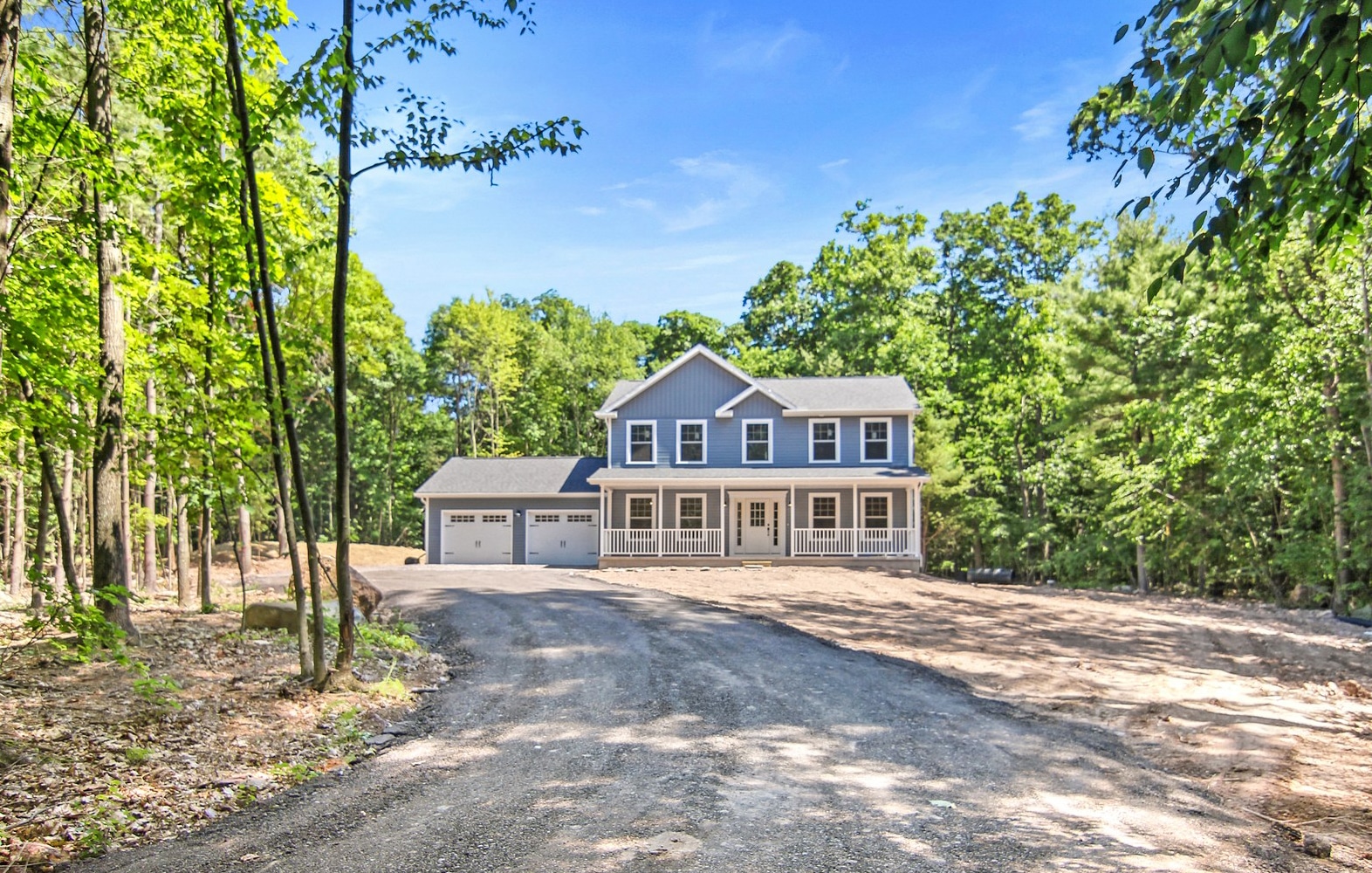Many people have a dream of building their own home on their own land. It’s a beautiful dream and selecting your own lot can come with lots of pros such as choosing the location, the size of your yard, and much more! However, finding land and getting it prepped to build can feel intimidating to anyone that is not familiar with the process. Our goal is to provide some helpful information that will help you fully understand what goes into building your dream home.
One of the first steps in any building journey is to acquire a piece of land. You may already own land or maybe inherited a few acres from family – but if that is not the case, it’s time to start searching. Websites such as Zillow or Trulia can be helpful in finding land listings. It’s also a good idea to ask your builder if they know of any land opportunities in the area.
Once you start looking at lots, there are some important factors to consider. One of the biggest factors for building or buying any home is the location. Is the lot close to work, family, & other important locations? Is it in the city or out in the woods? It’s important to pick a location that works best for your family.
Another factor to consider is the slope of the lot. Typically, flat, even lots require less excavation and prep than sloped lots. There are still a few benefits to sloped lots. If you are looking to have a walkout basement, sloped lots are perfect. The slope can also help with stormwater management. During construction, drains are placed along the footers of the house to collect and direct any water. On flat lots, the water from the drains flows into the house into a sump pump which then redirects the water. On sloped lots, you have the option of allowing the drains to direct the water away from the house entirely.

Of course, there are also some red flags to avoid when selecting a lot (if possible). Rocks can be a major problem when digging. If you notice a fair amount of rocks on the lot, chances are that you will be shelling out some extra money to remove those rocks during excavation. Large trees may also have to be removed & it’s not cheap.
You will also want to check for any land-use restrictions that may apply to the property before purchasing the land. There may be local zoning regulations to consider as well as private deed restrictions that could limit how the land is used.
Once you find the perfect lot – it’s time to start thinking about preparing your land to build. If you’d like to learn more about this process, check out our article on site costs & what to expect during the site development phase.











